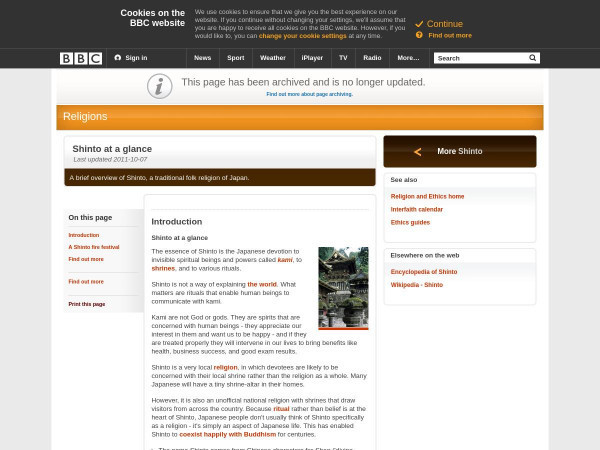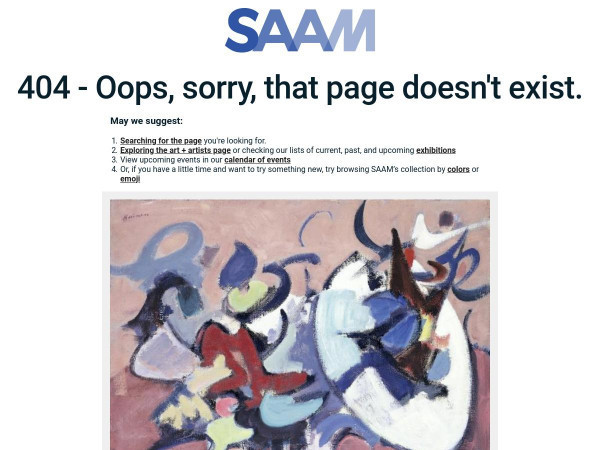ufn44 uln44
Learning Lab Coordinator
Smithsonian Institution
Middle School (13 to 15 years old), High School (16 to 18 years old)
Teacher/Educator
Language Arts And English, Civics, Literature, Cultures, Economics, Social Studies, Geography, Writing, US History, Arts, Other
:
I'm a history-lover, art fan, and bookworm. I taught high school history (U.S. History and World Religions) for ten years in North Carolina, teach currently in Pittsburgh, PA, and am working to help teachers make the most of this new resource!
ufn44 uln44's collections
The Crusades of the Middle Ages
This collection includes resources for teachers looking for materials related to the Crusades. Students can gain insight into the weapons and nature of fighting in the Crusades by investigating the images included as well as the video on bows, while the essays and map will provide ample background information. Finally, a lesson plan from the Cooper Hewitt Design Museum explains how to design a marshmallow catapult or trebuchet!
 ufn44 uln44
ufn44 uln44
10
National Parks
This topical collection focuses on the establishment of a national parks system in the United States. Items in the collection can be used to address the following questions:
-What is the difference between "conservation" and "preservation"? Which view towards nature seems to influence our national parks system today?
-In United States history, there is often a tension between progress and protection, or change and tradition. How is that tension reflected in the story of the national parks system? Consider the economic demands of a growing nation and the impulse to make the natural world accessible to all members of U.S. society.
Tags: Parks, environment, conservation, preservation, Muir, Sierra Club, Roosevelt
 ufn44 uln44
ufn44 uln44
19
Communes, Counterculture, and the Back to the Land Movement
<p>This collection includes a variety of photographs taken by Lisa Law. Students will examine the photographs and a few artifacts and try to draw conclusions about the ways in which the commune or back-to-the-land movement challenged the norms of traditional United States society in the 1960s and 1970s. A link to an exhibit website is include and allows students to check their assumptions, and students are asked to compare elements of the counterculture with that of mainstream 1960s and 1970s culture. </p><p>Tags: counterculture, commune, hippie, granola, back to nature, communal living, co-op, cooperative, sixties, seventies, Woodstock, change over time, compare, ashram, silent majority</p>
 ufn44 uln44
ufn44 uln44
10
Geometry and Islamic Art
<p>This is a collection of artifacts representing geometric motifs in Islamic art. Students will learn why these complex patterns are so prevalent in Islamic art, practice spotting different types of patterns, and begin to create their own, using just a ruler and a compass. They will also have an opportunity to explore the concept of tessellation using an interactive tool.</p><p>tags: geometry, circle, angle, star, mosque, mihrab, tile, Muslim, Islam, religion</p>
 ufn44 uln44
ufn44 uln44
16
Evaluating America's First System of Government
<p>What kind of government best suited the needs of the rebelling colonists? In this learner resource, students will learn about the Articles of Confederation and determine if they should be remembered positively or negatively. What were the strengths of the Articles? What were the weaknesses that led to the Constitutional Convention, and the writing of a new form of government, our current Constitution?</p><p>tags: articles of confederation, whiskey rebellion, northwest ordinance, declaration of independence</p>
 ufn44 uln44
ufn44 uln44
8
Civil Disobedience
<p>This is a topical collection on the concept of civil disobedience. Users are invited to explore the theme of civil disobedience through texts from Sophocles, Shelley, and Thoreau and a variety of images. </p><p>Questions to consider:</p><p>-Does civil disobedience pose a threat to society?</p><p>-What examples of civil disobedience are portrayed here? What are some other examples?</p><p>-What is the role of civil disobedience in today's society?</p><p>-Some people prefer the phrase "passive resistance" to "civil disobedience." Compare and contrast these two terms.</p><p>-How does one measure the success of an act of civil disobedience? Policy change? Public influence?</p><p>-What role does violence play in civil disobedience?</p><p>Tags: King, Gandhi, protest, Birmingham, Greensboro, suffrage, Boston Tea Party, Antigone, Masque of Anarchy, Tambo, nun, Randolph, civil rights, Mexican-American War, Goldman</p>
 ufn44 uln44
ufn44 uln44
17
Sorting Activity New Deal Organizations: Relief, Recovery, or Reform?
<p>First, review the images in the collection and the information provided with each, then determine which New Deal organization it is representing. Think about whether that organization is a good example of relief, recovery, or reform. At the end of the collection, you will be asked to sort the images into categories and answer some evaluative questions.</p>
<p><br /></p>
<p>tags: Great Depression, FDR, Roosevelt, New Deal, Agricultural Adjustment Act, Tennessee Valley Administration, 1930s, sort</p><p><em>#historicalthinking</em></p><p><br /></p>
 ufn44 uln44
ufn44 uln44
23
The Emancipation Proclamation
<p>How did the writing of the Emancipation Proclamation reflect the political tensions of the time? This collection reviews the writing, impact, and legacy of the Emancipation Proclamation through videos, informational texts, and art. Students can work through the lesson independently and their understanding of the Emancipation Proclamation will be assessed via quiz questions. Students will be able to determine the short-term and long-term impacts of the Emancipation Proclamation.</p>
 ufn44 uln44
ufn44 uln44
17
Evolution of an Artist: William H. Johnson
<p>The clippings, paintings, and other items here will all help you develop an understanding of William H. Johnson's life and growth as an artist. First, read the biography in the first resource. Then, try to order the remaining collection items from earliest to latest, using clues from the informational text and the style and subject of each work. Once finished, review the progression you have created. How would you describe the evolution of Johnson's art? Can you connect changes in his art to world or personal events?</p><p>tags: Harlem, Federal Art Project, sorting, folk art, African-American, painter</p>
 ufn44 uln44
ufn44 uln44
31
The Melting Pot at the United Shoe Machinery Corporation
<p>This student activity includes a set of archival documents from the United Shoe Machinery Corporation. These documents can be used as resources to help students investigate the relationship between industry, education, and immigration in the early 20th century. </p><p>As students explore the collection, they should consider how each document helps them answer the following questions:</p><p>-Is it in the best interests of business to encourage citizenship and education? Why or why not?</p><p>-What do these materials say about what it means to be considered "American" in the early 20th century?</p><p>tags: school, learning, English, language, migration, Ellis Island, manufacturing, Progressives</p>
 ufn44 uln44
ufn44 uln44
8
Pennants, Pins, Paintings & Posters: Artifacts of Political Protest
A mixed bag of artifacts of political and social protest movements in United States history. This collection can serve as a source of inspiration for students creating their own protest posters around a cause they believe in. The collection begins with a video by KQED Art School describing the characteristics of political art and a formula for making it.
 ufn44 uln44
ufn44 uln44
42
Teaching about the Chicano Movement
<p>This collection gathers resources and artifacts pertaining to the Chicano Movement of the post-WWII era. The following paragraphs, from the Educating Change website, briefly define the movement:</p><p>The "Chicano Movement" has been used by historians to describe a moment of ethnic empowerment and protest among Americans of Mexican descent beginning in the 1960s. "Chicano" had long existed as a pejorative term among young Mexican Americans prior to this period. By the 1960s, however, young Mexican Americans embraced the label, reinscribing it with notions of pride in ones' Mexican heritage and defiance against institutions and individuals who practiced or condoned discrimination against Mexicans.</p><p>The "movement" or movimiento was really a convergence of multiple movements that historians have broken down into at least four components: [1] A youth movement represented in the struggle against discrimination in schools and the anti-war movement; [2] the farmworkers movement; [3] the movement for political empowerment, most notably in the formation of La Raza Unida Party; and [4] the struggle for control and ownership over "homelands" in the US Southwest (<a href="http://www.brown.edu/Research/Coachella/chicano.html">http://www.brown.edu/Research/Coachella/chicano.ht...</a>). We will add an additional component of [5] creating art and music to reflect and voice cultural pride. </p><p>Students will review the collection here and identify five items that connect to one of the components listed above. They will then create their own collection that acts as a digital exhibit, teaching others about the Chicano Movement. This assignment is described in further detail on the last resource in this collection.</p><p>This is a work-in-progress based on the digitized materials within the Smithsonian Learning Lab's collection--it is not meant to be wholly definitive or authoritative.<br /></p>
 ufn44 uln44
ufn44 uln44
36








